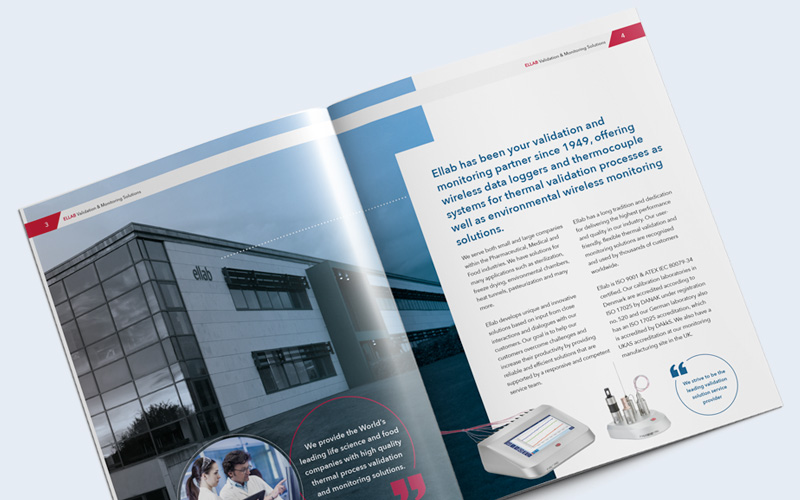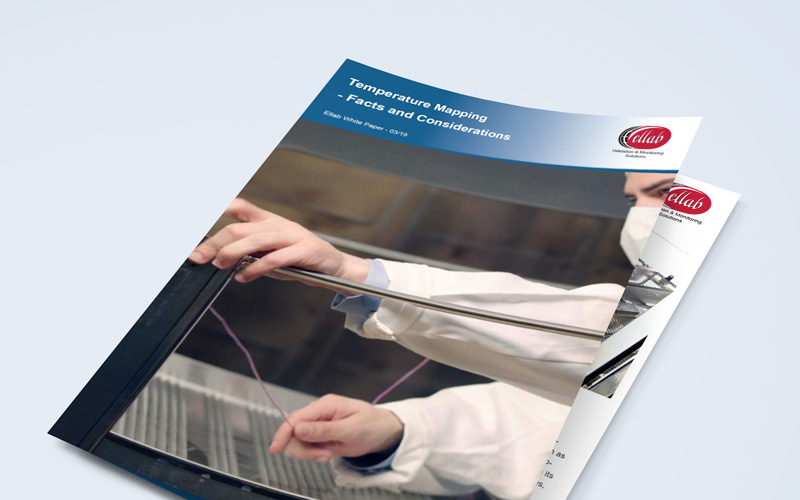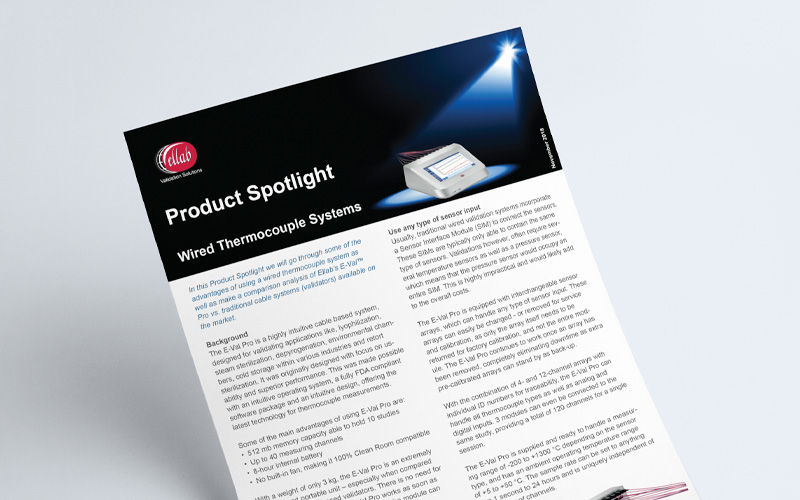Steam Sterilization
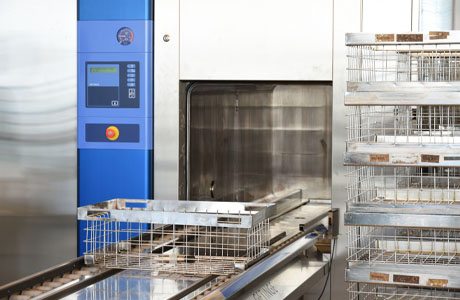
Control and Validation of the Steam Sterilization Process
Steam sterilization is a highly common method used for sterilizing items or goods. The main purpose of steam sterilization is to deactivate microorganism through total elimination of germs providing a sterile product for later use.
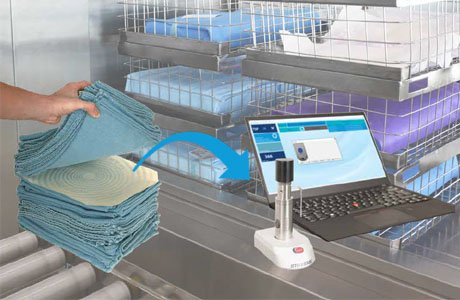
The Evolution of the Bowie Dick Test
Learn how the Bowie Dick test developed from a simple process involving towels and chemical indicator tape to a highly sophisticated electronic device with clear pass/fail indication.
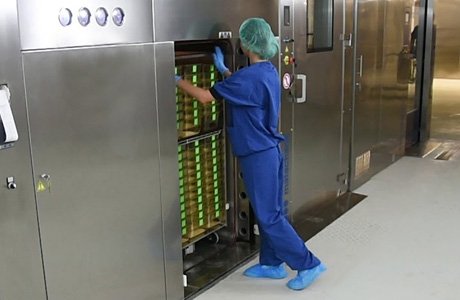
Batch Control Guidelines for Steam Sterilization
See how modern Bowie Dick Test solutions can be used for batch control to provide parametric release. Save time and effort through quicker and more reliable methods for steam sterilization batch control.
Freeze Drying
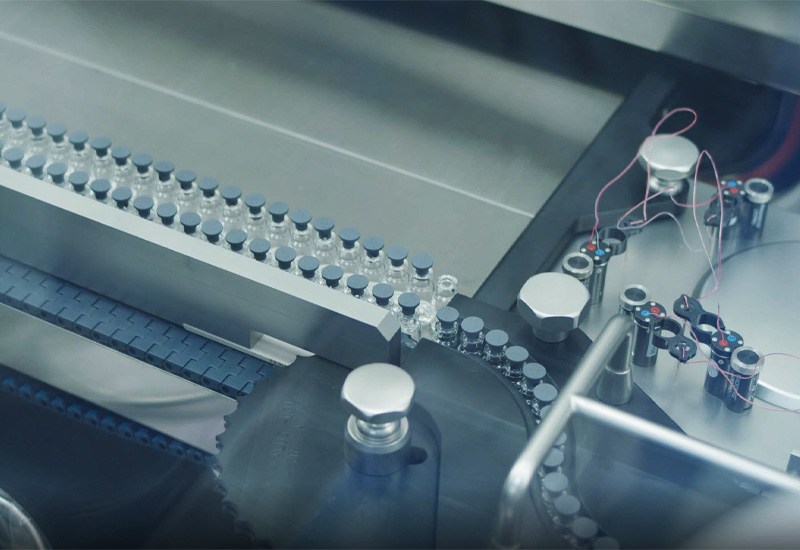
Why- and How to Perform Batch Control During the Freeze Drying Process
Almost half of all biological products produced within the pharmaceutical industry are freeze dried using vials as containers. An incredible scope that ensures millions of life-saving and quality-of-life drugs across the globe – making it immensely crucial to get the freeze drying process right.
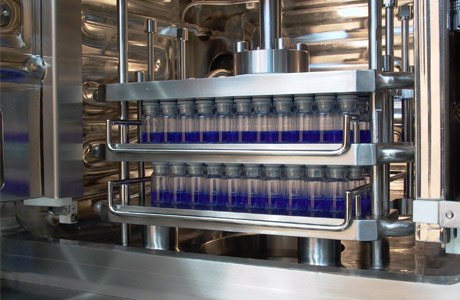
The Freeze Drying Theory and Process – Things to Consider
Read about typical types of validation equipment for freeze drying as well as the basic theory, process monitoring, validation and process steps.
Facts and Considerations
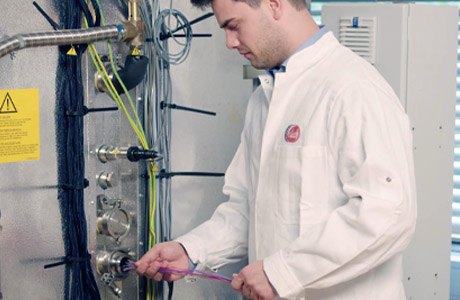
6 key Differences Between RTD’s and Thermocouples
This paper highlights the 6 most important differences between RTD’s and thermocouples by delving into the technology-based advantages and disadvantages of each type of sensor.
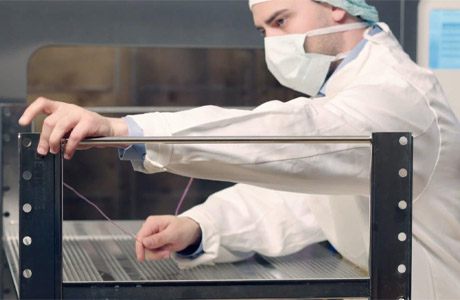
Temperature Mapping – Facts and Considerations
Get more knowledgeable on the important facts and considerations when performing temperature mapping – or when looking for a temperature mapping contractor.

The Freeze Drying Theory and Process – Things to Consider
Read about typical types of validation equipment for freeze drying as well as the basic theory, process monitoring, validation and process steps.
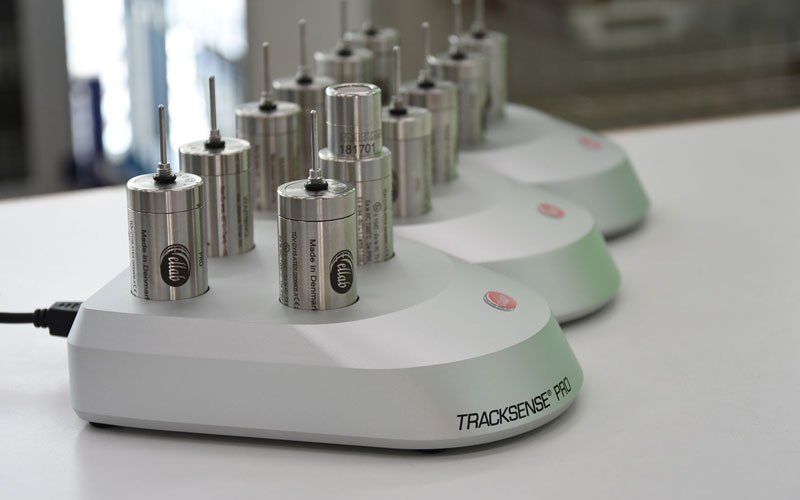
Easily Save Almost 90% of Your Time During the Validation Process
The saying “time is money” rang truer than ever during our time-saving study between wireless data loggers and cabled thermocouple systems. The study took Ellab’s wireless data loggers (TrackSense® Pro) and a third-party cable system from the competitive market and compared operating times and costs.
Calibration
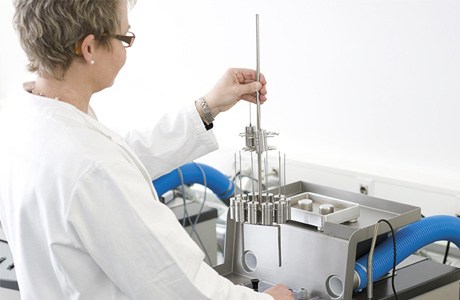
Choosing Fluids for Calibration Baths
Things to Consider when Choosing Fluids for Calibration Baths is a short white paper regarding the most suitable fluids for your application.
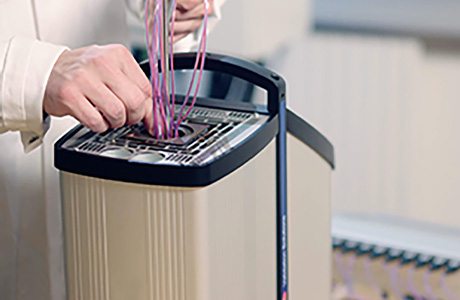
How to Avoid Common Pitfalls when Operating Dry Blocks
This paper provides you with the required insight to avoid the most basic problems and overcome most of the challenges associated with using dry blocks for temperature calibration.
